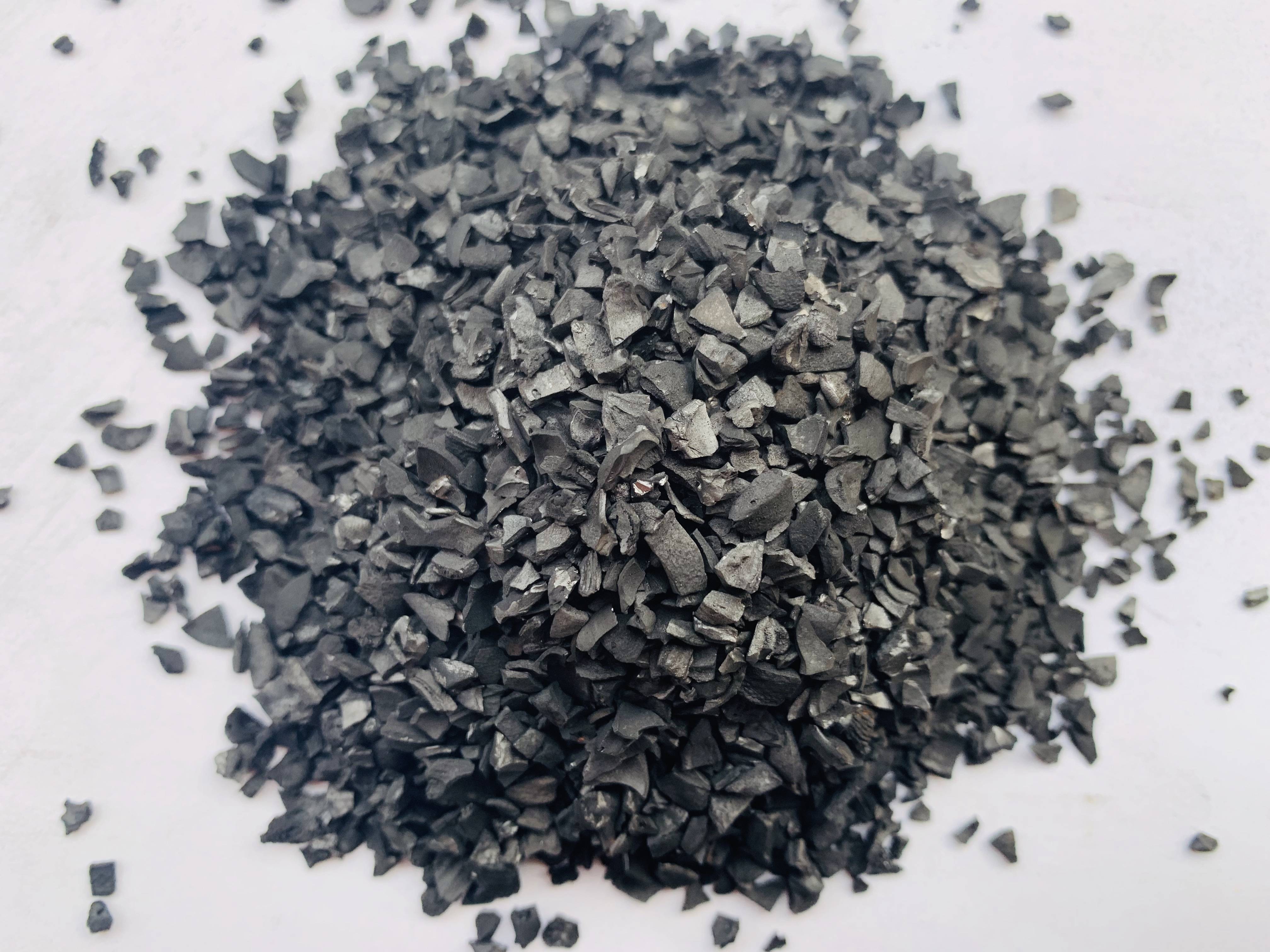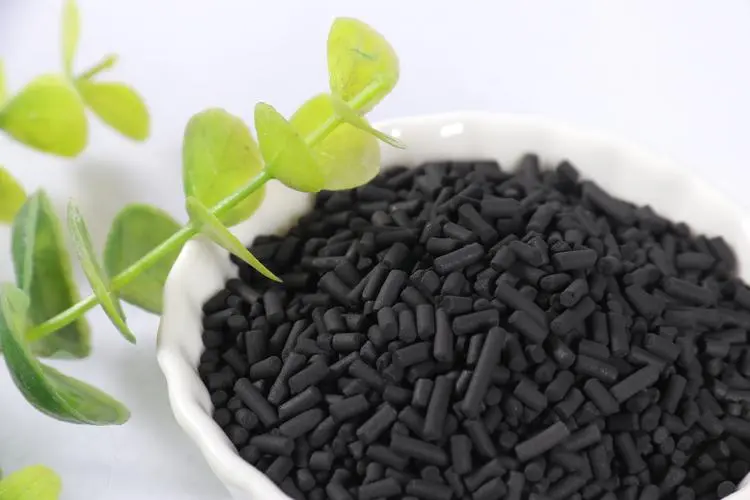
Activated carbon is a specially treated carbon,
Activated carbon is made from wood, coal, petroleum coke and other carbon-containing raw materials by pyrolysis and activation processing. It has developed pore structure, large specific surface area, rich surface chemical groups, and strong specific adsorption capacity of carbon materials.

Usually in powder or granular form, porous amorphous carbon with strong adsorption capacity. By solid carbon (such as coal, wood, hard fruit shell, fruit stone, resin, etc.) in isolated air conditions by 600~900℃ high temperature carbonization, and then at 400~900℃ with air, carbon dioxide, water vapor or a mixture of the three gas oxidation activation.
Carbonization makes substances other than carbon volatilize, and oxidative activation can further remove the remaining volatile substances, generate new and expand the original pores, improve the micropore structure, and increase the activity. The activated carbon at low temperature (400℃) is called L-carbon, and the activated carbon at high temperature (900℃) is called H-carbon. H-carbon must be cooled in an inert atmosphere, otherwise it will be transformed into L-carbon. The adsorption performance of activated carbon is related to the chemical properties and concentration of the gas during oxidative activation, the activation temperature, the activation degree, the composition and content of the inorganic matter in activated carbon and other factors, which mainly depends on the properties of the activated gas and the activation temperature.

The carbon content, specific surface area, ash content of activated carbon and pH value of water suspension all increase with the increase of activation temperature. The higher the activation temperature, the more complete the residual volatile matter volatilization, the more developed the micropore structure, the larger the specific surface area and adsorption activity.
The ash composition and content of activated carbon have great influence on the adsorption activity of carbon. Ash is mainly composed of K2O, Na2O, CaO, MgO, Fe2O3, Al2O3, P205, SO3, CI-, etc. The ash content is related to the raw material for preparing activated carbon, and the ash content in carbon increases with the removal of volatiles in carbon.
Share
-
Chlorolite is obtained from zeolite ore by high temperature sintering and dehydration treatment.NewsMay.24,2024
-
The main component of talc is magnesium silicate containing talc water,NewsMay.22,2024
-
Alumina is a high-hardness compound commonly used in the manufacture of refractory materials.NewsMay.20,2024
-
Hollow glass beads are tiny, hollow glass spheres,NewsMay.16,2024
-
Fused quartz is the amorphous (glassy) state of silicon oxide (quartz, silica).NewsMay.09,2024
-
Vermiculite is a natural, inorganic, non-toxic mineral that expands under high temperature.NewsApr.09,2024






